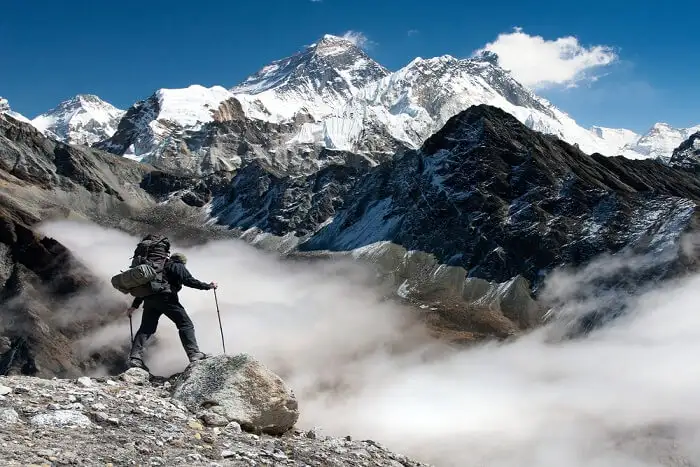Those who are considering a Langtang Trek Nepal should first consider the season and weather conditions that are suitable for trekking in the country. Also, you should be aware of the accommodations and food you will enjoy during your trip.
Trip highlights
Located near Kathmandu, Langtang Valley has long been one of the most accessible trekking regions in Nepal. Langtang is home to a wide variety of flora and fauna. The area was devastated by a large earthquake in 2015, but the residents have come together to rebuild their homes and reclaim their ancestral land.
There is no better time to go on a trek in Langtang than during the spring season, when the days are longer and the temperature is pleasant. The valley is home to a variety of flora and fauna, including red pandas and the Langtang Lirung.
The valley is also home to Tamang and Bhote communities, who live in small villages with houses built in typical Tamang style. The Tamang culture is reflected in gumbas, chortens, and monasteries.
Longest day of trekking in Nepal
Depending on your level of experience, there are several challenging treks in Nepal. These range from short treks of two days to medium treks of 12 days. Regardless of the length of the trek, all treks will offer spectacular scenery and a close-up view of local cultures.
There are numerous trekking trails in Nepal, and each one is unique in its own way. Some treks will cost you upwards of $200 per person per day, but many are relatively inexpensive. The cost of trekking depends on the number of days you plan to trek and the region you choose to trek in.
One of the more challenging treks in Nepal is the Dhaulagiri Circuit Trek. This trek requires you to travel through an avalanche-prone region. You’ll spend three days trekking over snow above 5,000 meters. The trek is not suitable for novice hikers. If you want to do this trek, you’ll need to get a permit.
Accommodation in Kathmandu and Syabrubesi
Those who want to go on a Langtang trek will find that there are many different kinds of accommodations available. These accommodations can range from tea houses to hotels and lodges. Some of these accommodations are cheaper than others. Regardless of which type of accommodation you choose, you will be able to enjoy the beautiful scenery and the authentic food that this trek has to offer.
If you plan on traveling on your own, you can choose from different types of transportation to get to Langtang. Some of the more common options include a private jeep and a taxi. These vehicles will be able to accommodate between eight and ten people.
Other types of transportation include tourist buses. These vehicles are more comfortable than a taxi, but they will cost about 10 to 15 dollars. If you are traveling on a budget, you may want to book a local bus. These buses will cost around 300 Nepalese rupees per person.
Best season to visit
Among the trekking routes in Nepal, Langtang Trek is one of the most popular ones. The trek takes you to the Langtang National Park, which borders Tibet in the north. The trek offers incredible views of the Himalayas. It is a good acclimatization trek before longer treks.
The best time to trek to Langtang is during the fall or autumn months. The temperature is pleasant and the weather is clear. There are fewer crowds. This is a good time to trek in Nepal.
If you are traveling on a budget, the low season is a good option. You can find great discounts on tours and accommodation. However, you should be prepared for some bad weather. For example, the weather can be cold in the evenings.
The weather is cold in the evenings, but the mornings are usually warmer. If you are trekking to Langtang in the winter, you will want to carry some warm gear.
Food on the trek
Those who are trekking the Langtang Trek can expect a variety of delicious foods. However, it is important to be aware of the foods available. They may not be suitable for your health.
Before you start your trek, it is important to make sure you have the proper accommodations and food. While you are on the trek, you need to eat healthy and stay hydrated. If you don’t, you may develop altitude sickness. You should also drink at least 3-4 liters of water a day.
You should also eat foods that are easy to digest. You should avoid high-calorie foods. You should also try to stay away from hard-to-process foods. These types of foods may cause food poisoning. You should also carry a small thermos with warm water. You may also want to take your own tea bag or coffee with you.
